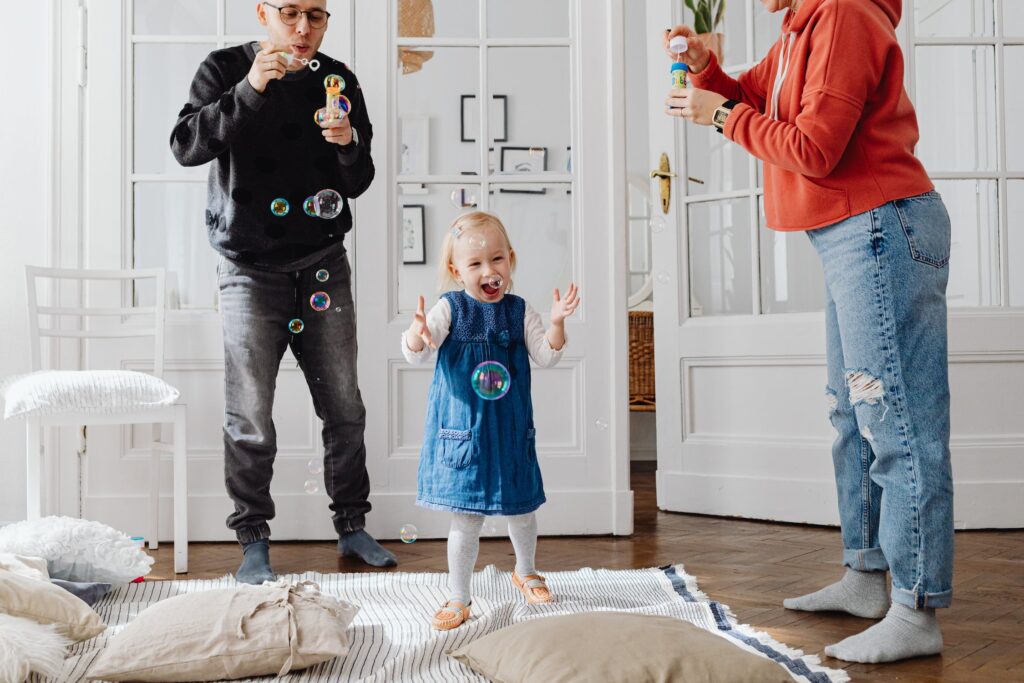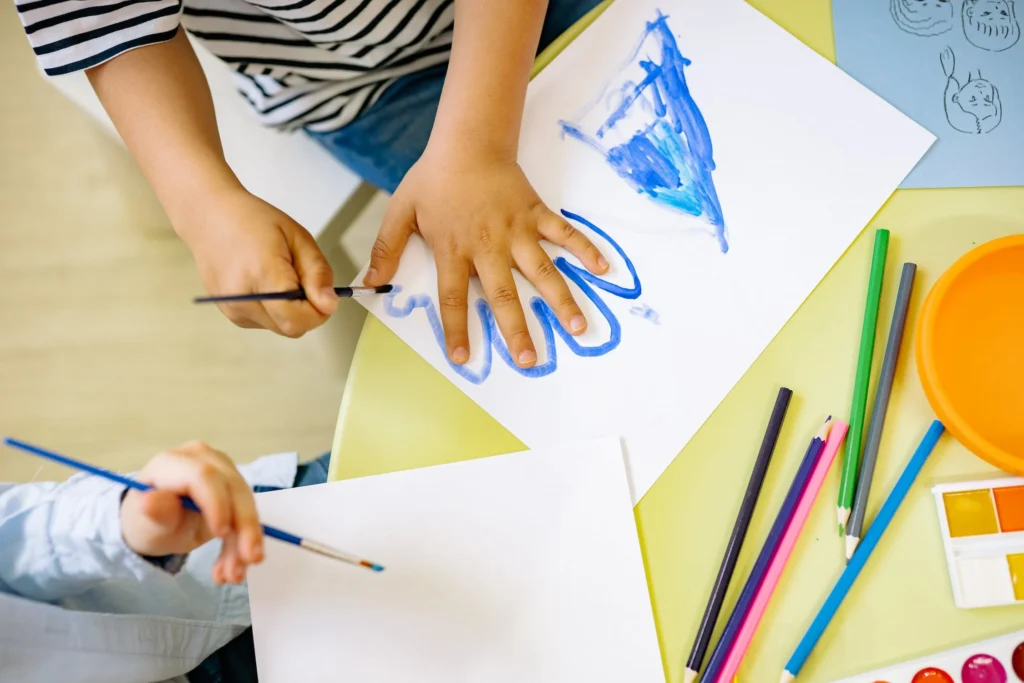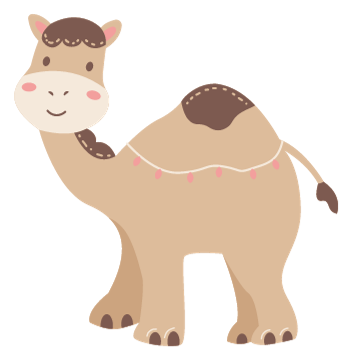Introduction

Caring for a nonverbal autistic child involves understanding and embracing their unique needs, preferences, and modes of communication. Engaging activities play a crucial role in fostering communication, building connections, and providing sensory stimulation for nonverbal autistic children. In this article, we will explore a variety of activities designed to captivate the senses, promote communication, and create joyful moments for both the child and their caregivers.
1. Water Beads Sensory Bin

Water beads are a fantastic addition to sensory play for nonverbal autistic children. These small, colorful beads, when hydrated, create a squishy and tactile experience that can be both soothing and stimulating. Create a sensory bin by placing the hydrated water beads in a shallow container. Allow the child to explore the beads with their hands, providing a unique sensory experience.
Encourage the child to immerse their hands in the beads, observing the texture and vibrant colors. Introduce various objects like plastic toys or spoons for added exploration. Water beads offer a versatile and mess-free sensory activity that promotes tactile engagement and visual stimulation, catering to the child’s unique sensory preferences.
2. Musical Exploration

Music is a powerful tool for communication and emotional expression. For nonverbal autistic children, musical activities provide an avenue for self-expression and connection. Explore different types of music, from calming melodies to upbeat tunes, and observe the child’s reactions to identify their preferences.
Introduce instruments such as drums, tambourines, or shakers to encourage active participation. Create a music corner with a variety of instruments, allowing the child to experiment with different sounds. Music can also be used to establish routines, signaling transitions and providing a comforting and predictable element to the child’s day.
3. Bubble Play

Bubbles are a delightful and visually engaging activity for nonverbal autistic children. The floating and shimmering bubbles capture attention and promote eye-tracking, enhancing visual focus. Blow bubbles in the child’s direction and observe their reactions – some may enjoy popping the bubbles, while others may find joy in simply watching them float.
Use different shapes and sizes of bubble wands to create a diverse visual experience. Additionally, scented bubbles can introduce olfactory stimulation, adding another layer to the sensory exploration. Bubble play encourages hand-eye coordination and visual tracking while offering a joyful and interactive experience for nonverbal autistic children.
4. Painting and Art

Art activities are excellent for fostering creativity and self-expression in nonverbal autistic children. Create a designated art space with various art supplies, such as paints, brushes, markers, and paper. Allow the child to explore these materials freely, expressing themselves through colors, shapes, and textures.
Engage in collaborative art projects, where caregivers and the child can create together. Nonverbal communication often finds an expressive outlet through art, enabling the child to convey emotions, preferences, and interests. Artistic activities also promote fine motor skills and coordination, contributing to the child’s overall development.
5. Sensory Play Station

Setting up a sensory play station offers a dedicated space for nonverbal autistic children to explore and engage with various sensory materials. Consider including items such as textured fabrics, squishy balls, soft brushes, and other tactile objects. The play station can also incorporate elements like soft lighting or soothing music to create a calming environment.
Rotate the sensory materials regularly to maintain the child’s interest and cater to their evolving preferences. A sensory play station provides a safe and controlled space for the child to independently explore and discover new sensory experiences. Pay attention to the child’s reactions to different stimuli, tailoring the play station to their unique sensory profile.
Conclusion
Engaging with a nonverbal autistic child involves embracing their individuality and providing opportunities for sensory exploration and expression. Water beads, music, bubbles, painting, and a sensory play station are just a few activities that can offer enriching experiences for nonverbal autistic children. By incorporating these activities into daily routines, caregivers can create a supportive and stimulating environment that promotes communication, encourages self-expression, and fosters meaningful connections with nonverbal autistic children.

